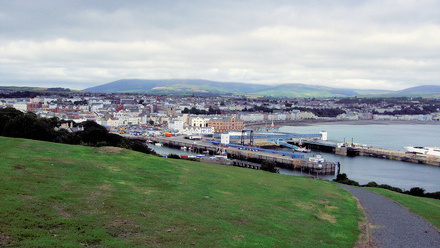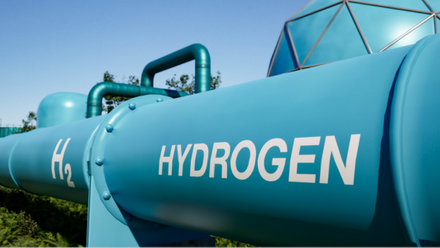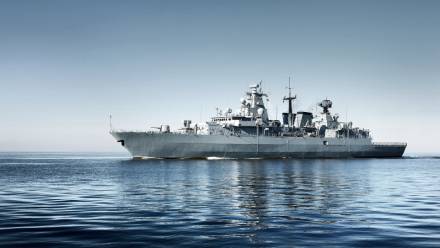Is naval engineering ready to enable success in the maritime domain?
Responding to the evolving geopolitical situation, navies have been driving to increase their levels of preparedness and resilience. Simon McCowan, Commander in the Royal Australian Navy explains how naval engineering can help meet the challenge.
Level of preparedness is really code for navies readying themselves for conflict. The risks are real. The geo-strategic circumstances continue to deteriorate across the globe. As always, should war come, navies will have to fight with what they have. The question is: Is naval engineering ready?
Naval engineering must enable rapid adaptation of existing assets to fight and win. A previous UK Royal Navy Chief Naval Engineering Officer (CNEO), Vice Admiral Sir Ted Horlick, reflected in 1983 that naval engineering was pivotal to the success of the Falklands conflict: expediting ship delivery and maintenance, rapidly evolving capability, and sustaining high-tempo operations (beyond normal boundaries) at reach. Is naval engineering in a position to provide similar support today, and is it ready for the near future? It needs to be if navies are to fight and win.
The UK Royal Navy’s First Sea Lord has announced his intention to move quickly towards a hybrid fleet of crewed and uncrewed vessels and aircraft. The US Navy is already moving in that direction, and other navies are sure to follow. However, as highlighted on IMarEST Voices, by the current UK Royal Navy N CNEO, Rear Admiral Steve McCarthy, this will need a shift in the skillset of naval engineering.
The designers of this future fleet will need to “think outside the box” in order to develop novel solutions that will deliver the required operational effect. These designers will need to consider the balance of performance against, reliability, survivability and longevity. They will need to ask the question, again from McCarthy, “When might we give up the ship?” Does naval engineering have the skillsets to adapt and deliver this, and other, future technologies at pace?
Inherent to the design DNA will be the evolution of operational and crewing concepts and doctrine. The way we operate and fight with increased automation and autonomy will influence the design of crewed and uncrewed systems alike.
We also need to ask: are truly autonomous vessels required, or minimally crewed vessels? How do we best achieve the operational effect? How do we manage the information warfare narrative, noting the rise of AIS manipulation and GPS spoofing? How will the career progression and qualifications requirements of personnel change as our use of automation and autonomy increases? Will we need a shift from operators/maintainers to artificers? Is naval engineering ready to adapt as a profession to best operate and support this future technology?
Earlier this year Rear Admiral McCarthy (Royal Navy Chief Naval Engineer Officer) posed the question “Has naval engineering reached its “Fisher moment”? The CNEO had commented that, like Admiral Sir John 'Jacky' Fisher over a hundred years ago, navies are at that revolutionary Dreadnought turning point in naval technology. However, the Dreadnought leap was not the only defining legacy of Admiral Fisher - I would contend that our Fisher Moment is the reinvigoration of naval engineering as a profession central to and leading our navies for modern war.
To meet this challenge, naval engineering requires motivated, enabled and professional engineers within naval engineering, which is fundamental to the successful preparation, adaption and execution of sustained maritime conflict at distance and against adversarial numerical supremacy. For navies, greater emphasis is needed upon naval engineering, which must make the "doctrinal leap" to adapt, to collaborate, to encourage and to inspire, in order for us to be "ready in all respects".






